Finding the perfect diamond ring involves looking at several aspects. These include the metal, the ring setting, and the shopping experience. A lab grown diamond may have grabbed your interest due to its affordable price.
Diamond rings have significant meaning for both the giver and the receiver. The exchange of rings symbolises your commitment to each other and the desire to take the next step in your relationship. It is also a symbol of your love for one another. As a result, you want to acquire a ring that is ideal for your partner.
Diamonds have long been the preferred gemstone for an engagement ring. However, many people are put off by the ethical and humanitarian difficulties that come with mined diamonds.
Should I Buy Lab Grown Diamond for Engagement Ring because it is less expensive? Lab grown diamonds are 40-50% less expensive than natural earth-mined diamonds. Is buying a lab-grown diamond equivalent to buying a naturally mined diamond? Let us examine the facts.
What is Lab Grown Diamonds?
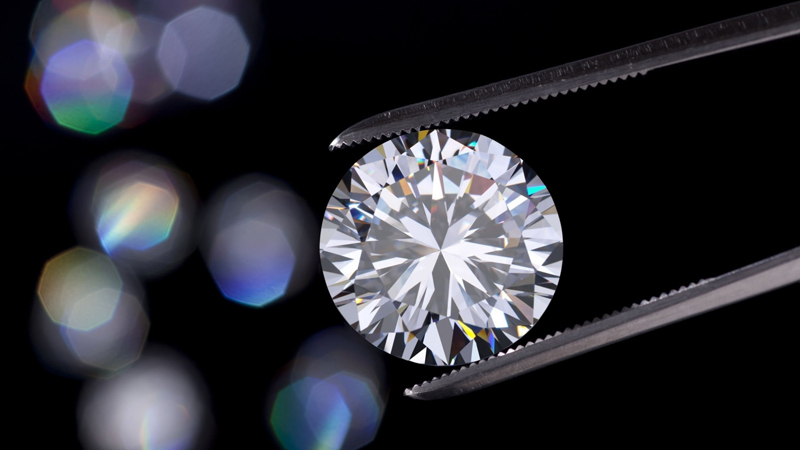
Diamonds grown in a laboratory are identical to their mined counterparts. They are carbon crystals with the same crystal and molecular structures. Physically, lab-grown diamonds are identical to naturally mined diamonds. They should not be confused with "diamond simulants" such as moissanite or cubic zirconia.
Both HPHT diamonds and CVD diamonds are of great quality, and these two methods generate diamonds that will last a lifetime. Both HPHT diamonds and CVD diamonds are of great quality, and these two processes produce diamonds that will last a lifetime.
Are Lab Grown Diamonds Real?
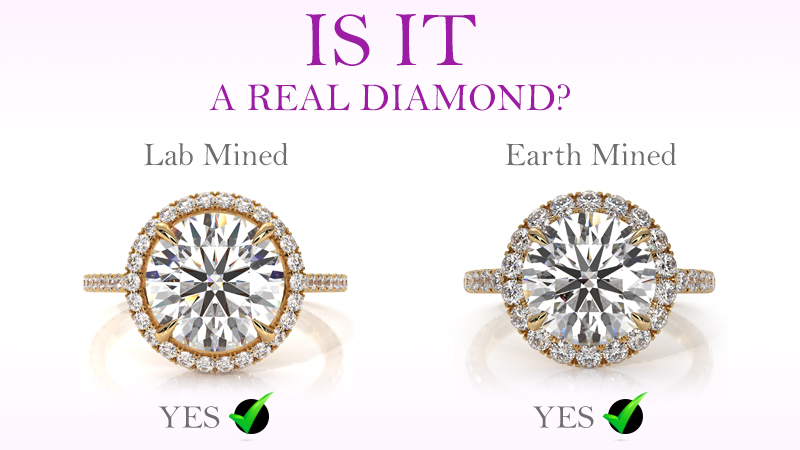
Lab-created diamonds are equally authentic to naturally occurring diamonds. They have form, size, color, and clarity grading, exactly like natural diamonds. Diamonds, whether natural or lab grown, possess identical physical and chemical features, and are accompanied by diamond certificates.
In the present era, there are two distinct approaches that scientists can employ to replicate the process. High Pressure High Temperature (HPHT) is a technology that uses "carbon seeds" from pre-existing diamonds. This technology replicates an environment of high pressure and intense heat. The production of pure carbon diamonds involves melting pure carbon around the starting seed, followed by a slow cooling process.
Chemical Vapor Deposition (CVD) is another method, which starts with a diamond seed produced through HPHT. The seed is placed in a sealed chamber. It is heated to approximately 800 degrees Celsius.
The chamber is filled with carbon-rich gases. These gases are turned into plasma. Pure carbon attaches to the diamond seed when molecular bonds break down, gradually crystallizing into a pure carbon diamond.
Each lab-grown diamond is graded and certified in the same way as mined diamonds. Most labs grade diamonds according to the four c's: cut, clarity, color, and carat weight. These criteria may vary slightly from lab to lab.
What is the reason for it being evaluated similarly to a diamond extracted from a mine? Because they are identical.
Why Should You Buy a Lab Grown Diamond Ring?
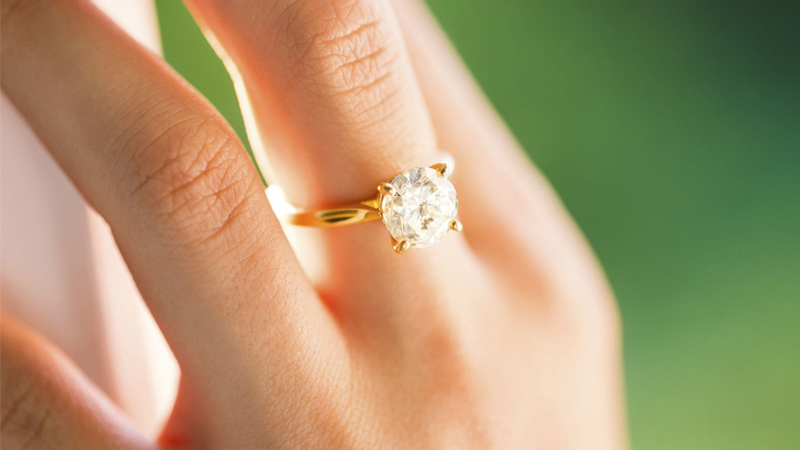
Lab-grown diamonds are real diamond. They are ethically sourced, environmentally friendly, and significantly less expensive than their mined equivalents.
Stephen Morisseau, spokesman for the Gemological Institute of America, made a statement. The Institute controls the worldwide diamond grading system.
He said that lab-created diamonds are "not fakes." These aren't cubic zirconia's. All the characteristics, both physical and chemical, that a diamond extracted from a mine has, are also present in them.
Simply said, because lab created diamonds are not mined, they are better for the environment. Diamond mining causes significant environmental damage. A single 1-carat diamond requires between 88,000 and 176,000 pounds of earth to be extracted through. This means that diamond mines are among the largest man-made holes in the planet, with major consequences for ecological systems.
Lab produced diamonds, on the other hand, are manufactured in a controlled atmosphere with minimum environmental impact. Consider a lab-grown diamond ring if you are searching for an outstanding and dependable option. This ring is available in either rose gold or yellow gold. Additionally, great customer service is provided.
You still have concerns. We have solutions. Here's everything you should know about lab-grown diamond engagement rings, including why you should buy one before proposing.
Benefits Of Lab Grown Diamond
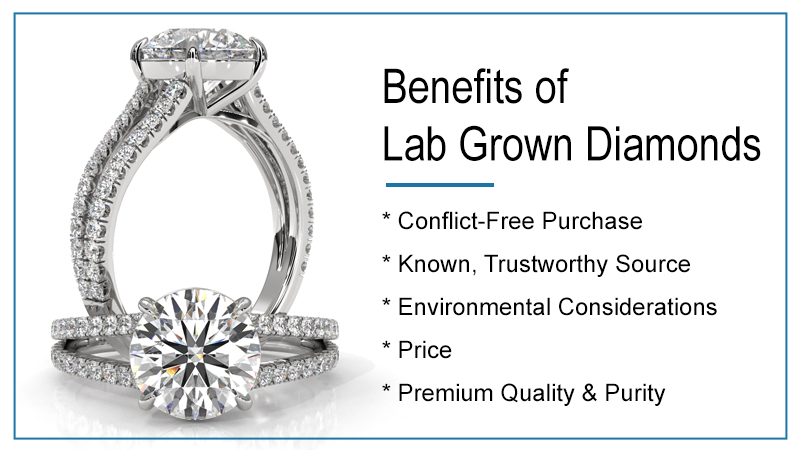
Affordability
When it comes to price, Lab Grown Diamonds are 40-50% less expensive than real diamonds. Engagement rings with large diamonds that cost less than $4000 are highly desirable. This is because they offer great value for money.
Clarity
Lab-grown diamonds are made in a controlled environment. This gives them an advantage over natural diamonds.
They are more likely to have fewer inclusions. As a result, there is more clarity. The brighter a diamond shines, the greater its clarity.
Environmentally Sustainable
Mined diamonds may appear appealing, but they wreak devastation on the earth. They use massive machinery and explosives to start mining, which causes damage to habitats.
Pollution of water is also a result. The land becomes unusable and tonnes of mineral waste are generated. We must not forget the use of energy and water, carbon emissions, natural disasters, and the production of hazardous gases. Sulphur oxide is an example of this.
With the huge demand for diamonds and the ease with which diamonds may be created in a laboratory. Lab-grown diamonds are significantly more environmentally friendly.
Identical to Earth Mined Diamond
Lab grown diamonds are identical to mined diamonds to the naked eye. This is an important benefit of buying lab grown diamonds. Because they are chemically and optically identical, diamond detectors and traditional observations are unable to distinguish between the two.
Lab grown diamond engagement rings are virtually indistinguishable from natural diamonds. This is one of the best features of these rings.
Lab-grown diamonds resemble earth-mined diamonds in appearance. Lab-grown diamonds are an ideal choice for all stakeholders: the buyer, the producer, the supplier, and the world. They are cost-effective and cause minimal environmental damage.
What Is the Difference Between Lab-grown And Mined Diamonds?
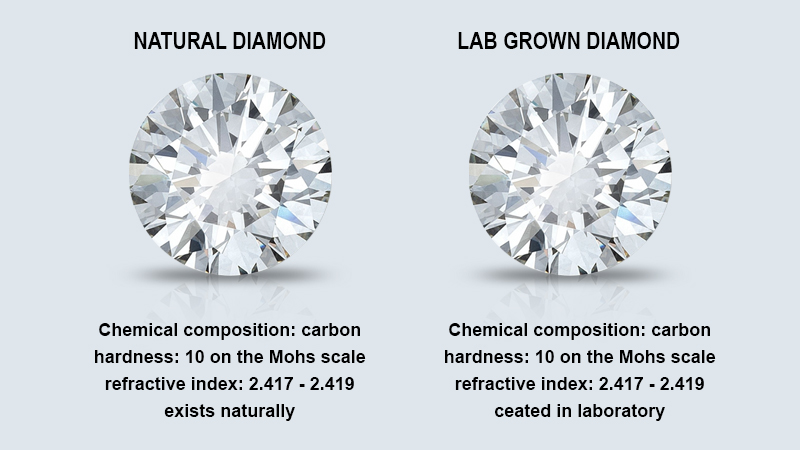
Lab-grown diamonds and mined diamonds are similar in every way, except for how they are made. Lab-grown diamonds are created using a sophisticated process that lowers costs and energy consumption. It also prevents any negative impacts on the environment and people in the local area. Mined diamonds were formed billions of years ago and must be removed from the earth's mantle through long mining processes.
Mining is hazardous. There is no way to know the origin of mined diamonds or if they were obtained without human rights violations. This is the harsh reality. Unlike lab-grown diamonds, there is no way to guarantee that a mined diamond is conflict-free.
Lab-grown diamonds are superior to mined diamonds. This is because they are conflict-free and do not cause the same negative impacts on countries and their people. Mined diamonds can have severe consequences. Furthermore, lab-grown diamonds have proven and established environmental advantages over mined diamonds.
Why are Lab Grown Diamonds Less Expensive?
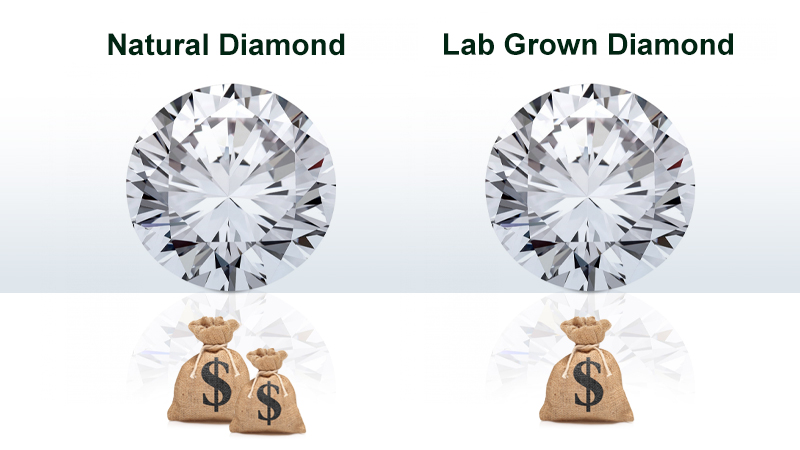
This is an excellent question because it is one that many people have. Why are they less expensive if they are precisely the same as an earth-mined diamond? To find an answer to this question, we must investigate the market for earth-mined diamonds.
Earth-mined diamonds have long been stated for their high cost. But why is this the case?
It all comes down to how they are mined. Diamonds dug from the Earth's crust at depths that humanity has yet to reach. Diamonds can only reach the earth's surface (and, eventually, your local jewelry store) through volcanic eruptions.
Mining and selling diamonds in an ethical way requires considerable human resources and exertion. This is why earth-mined diamonds have become so expensive.
Lab-grown diamonds are less expensive since they are not produced through a complex procedure like earth-mined diamonds. Laboratory-made diamonds are now much cheaper than earth-mined diamonds. This is because of recent technological advancements.
Conclusion
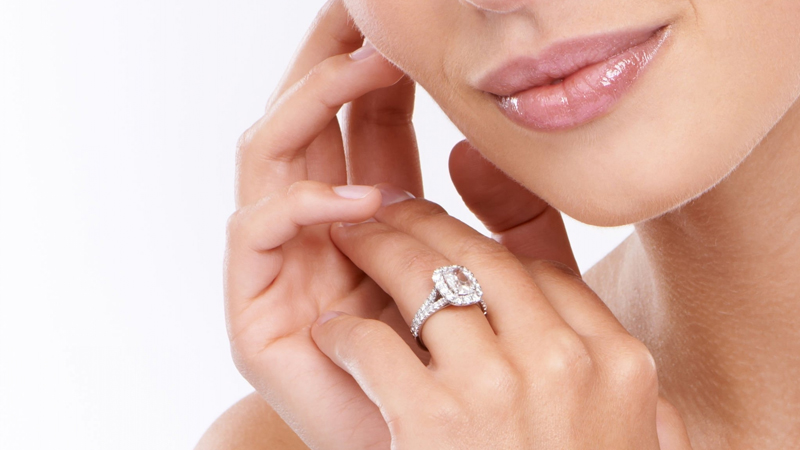
Lab grown diamonds are an excellent substitute to mined diamonds, offering the same aesthetic and diamond quality. It can be difficult to understand the discourse and practices around natural and lab created diamonds. Therefore, we believe it is essential for everyone to have a complete and honest image of our industry and services. This will help them to make an informed decision.
Your rings, as always, are unique and convey the narrative of your love. It should be up to you how they are manufactured.
When shopping for the perfect engagement ring, lab grown diamonds are worth considering. It is definitely a cost-effective option for diamond jewelry. Shop for a bigger diamond without worrying about the cost. This will free up money to invest in the proposal arrangements.
Choosing an engagement ring with a lab-grown diamond is ultimately a personal choice. Many people do not want a ring with "blood diamonds".
Lab grown diamonds are an excellent alternative. They provide the same look, while ensuring ethical production. The final decision comes down to which diamond best reflects your and your partner's values and what you can afford.

